Is it time for a Two-Tiered Accessible Parking Program?
All too often we find the few designated accessible parking spots are filled, yet we do not see any other customers using a wheelchair or other mobility device. Is it time to establish a two-tiered accessible parking program?
Accessible parking stalls are designed wider so that those requiring a wheelchair or other mobility device have enough room to easily get in or out of their vehicles. With the current one-size-fits-all approach to parking lot space allocation, many people who have been given accessible parking permits do not need that extra space.
Of course, a large part of the problem is that doctors fill out accessible parking permit applications for just about anyone who asks. I was recently struggling to get out of our car when I watched a man parked in an accessible spot return to his vehicle. He was still wearing the number for the half-marathon he had just completed. Was the permit in his car his or somebody else’s? If it was his how had he managed to get it when he was capable of running a half-marathon?
I readily accept that there are people who have legitimate reasons for needing to park close to the entrance of a store. They may have respiratory problems, or cardiac issues, or need (or recently have had) a hip or knee replacement. The problem is, that those people do not need the wider spaces set aside for wheelchair users.
A local grocery store has set aside parking places for pregnant or new mothers. The Ikea store close to me even has reserved spaces for drivers of hybrid vehicles that are even closer to the doors than the wheelchair accessible spaces. If those groups can have special parking privileges, why not improve the current system and have spots strictly for wheelchair users and other spots for people with other medical issues?
Nothing is going to change if we don’t make our voices heard on this issue. There is no point in approaching individual stores or mall operators about this issue. Most would probably be opposed to establishing such a system. Therefore, every wheelchair user needs to write the permit issuing authorities, and even their state or provincial representatives pointing out the problems we face with the current parking systems.
We also need to ask for stronger enforcement of accessible parking laws. On a recent trip to Sequoia National Park, I found the separate accessible parking lot was filled with cars without permits, some had people sitting in them while they waited for their able-bodied family members to return, just in case they were told to move. That was unlikely, though. The park ranger simply shrugged when the situation was pointed out to him.
So, to answer my question. Yes. It is time for at least a two-tiered accessible parking system, and it won’t happen if we all don’t get behind it and push.



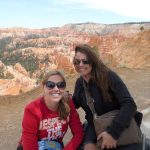
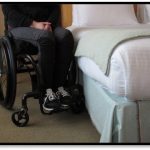
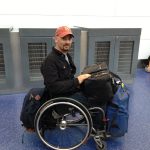
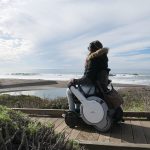



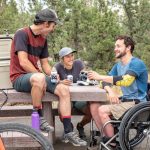

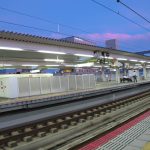
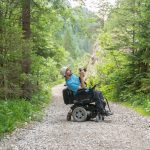
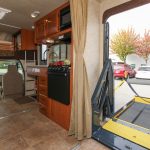



It has been nice reading the comments, hey they are the same comments I have made to my self about the parking issue. Also I am glad to finally find a place where my needs are the same as everybody else. I look forward to being a part of this group. I am a amputee and am wheel chair bound.